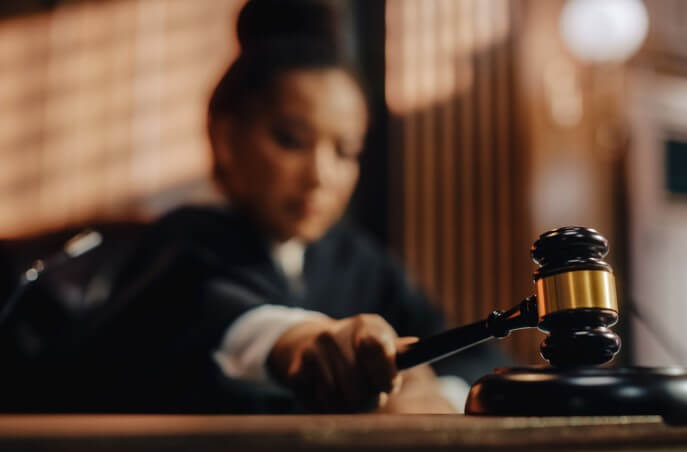
Why reading the fine print is important.
While it’s a good idea to read your insurance policy fine print, let’s be honest, hardly anybody does. The important thing is to understand what’s in it and how it works. Here are a couple of concepts you want to understand if you have a loss.
What is subrogation and how does it apply to insurance?
Subrogation in the context of insurance is the right of an insurance company to “step into the shoes” of the insured after the company has paid the loss. It entitles the insurance company to assert any rights on its own behalf that the insured may have had to recover payment from the parties that caused the loss.
Subrogation, a topic loaded with nuance, has too many fine points to cover here. But these short explanations of how subrogation works in various types of insurance policies should be helpful.
- For example, in auto insurance let’s say you have collision coverage. In case of an accident your insurer will pay to repair your car regardless of whether you were at fault. If you were not at fault, though, your insurer would subrogate against the party who hit your car for the damages it paid for.
- An example in workers’ compensation, scenario being a worker is injured operating a piece of machinery that malfunctions. The state’s workers compensation laws would compensate the worker for their injuries. But the insurance company that paid out the workers compensation would be subrogated to the worker’s right to sue the manufacturer of the malfunctioning equipment and recover its payments.
- One of the most common appearances of subrogation is in property leases, which typically include mutual waivers of subrogation. In these clauses the landlord and tenant each agree to waive any rights of subrogation they may have against each other in the event of a loss. Insurance policies typically allow waivers of subrogation if the parties agree to the waiver before any loss happens.
Proximate Cause vs. Immediate Cause
Many coverage disputes between insurer and insured arise from different interpretation of the word “cause.” Even when you have an “all-risk” property policy, it is not enough that the cause and its result (the loss) be covered. There must be a sufficiently close connection between the cause and the loss. This is known as the requirement of “proximate cause.”
Black’s Law Dictionary defines proximate cause as “that which, in a natural and continuous sequence, unbroken by any efficient intervening cause, produces the injury, and without which the result would not have occurred.” Do not confuse this with the “immediate cause,” which is the cause closest to the occurrence of the injury.
How do you distinguish between “proximate” and “immediate” cause?
All basic property insurance policies cover fire damage, but only “special form” policies cover water damage. Nevertheless, if you had a basic policy and your house burned, the policy would cover water damage from fire hoses. Only because the fire is the “proximate cause” that led to the damage. That is, the water damage would not have occurred without the fire.
Many cases aren’t this clear-cut, however, and disputes often end up in court. Fortunately, whenever a dispute involves ambiguity in the insurance policy fine print wording, the court usually rules in favor of the insured.
For information on your insurance policies, or any other insurance needs give us a call.
